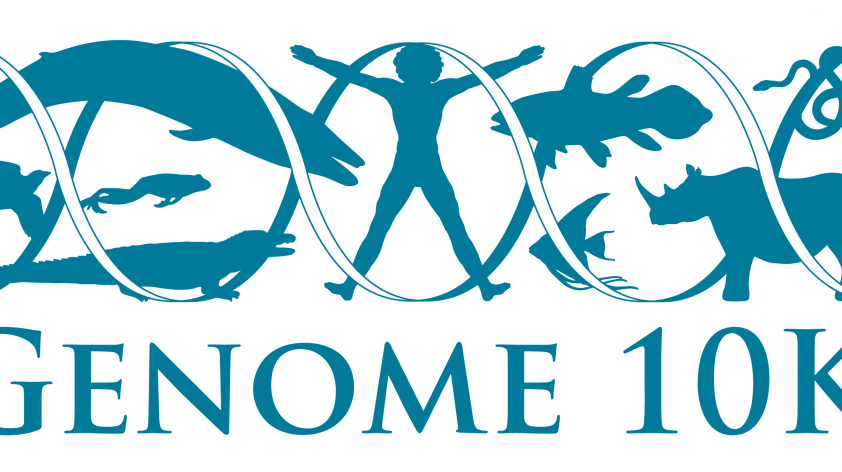
Genomes ‘R Us
Although sequencing the complete set of genetic information of a species – its genome – has been around for a while, and the human genome was described in 2003, we are still at the dawn of the field of genome biology. Costs continue to drop for genome sequencing, improvements continue to be made in the process of assembling genomic information revealing the basis of heredity of a species, and new computational tools for storing and analyzing the vast amounts of data involved in the process are also being developed and applied. All of this activity is producing a different way to view life and its evolution and, more importantly, providing insights that can help us become better stewards of biodiversity.
San Diego Zoo Global’s main focus is upon saving species. For accomplishing this, we are developing and applying the scientific knowledge required to understand better the history of species, their specializations, and requirements for well-being and reproduction. The use of genomic data already produces a spectrum of conservation benefits that may assist with the making of more informed choices about strategies to conserve species.
For example, the California condor is the first endangered species for which genetic management – to preserve the species’ gene pool – is based on whole genome sequences of the founders of the surviving population. Other species will surely follow, because the ability to directly measure and monitor genome-wide variation provides methods with fewer assumptions about how heredity works, since we can now describe it more accurately.
Our early involvement in genome research is partly due to SDZG’s establishment of the Frozen Zoo®, and perspectives that engendered its ongoing development. The thousands of viable frozen cell cultures (and other biomaterials) comprise an incomparable resource for state-of-the-art biological investigations, and are the main part of a well-documented accredited collection of great renown.
We have provided vertebrate DNA samples derived from frozen tissues, blood samples and cell cultures for over fifty whole genome sequencing studies from a diversity of species, an unrivaled accomplishment. These materials enable the highest quality genome sequencing efforts, because we can obtain high molecular weight DNA as we establish and expand cell cultures. The Frozen Zoo® can also make significant contributions to identifying genes and other genetic features of the genome by obtaining the transcribed sequences of genomes from cell cultures. These possibilities add another dimension to the utility of our amazing Frozen Zoo®.
Our involvement with the Genome 10K project, begun in 2009 with the ambitious goal of sequencing the genomes of 10,000 vertebrate species, has contributed to the sequencing of numerous species of conservation concern. The Genome 10K Community of Scientists constitute an international collaboration that shares samples and information, and has encouraged other comprehensive comparative genomic projects for arthropods and invertebrates.
The Genome 10K project included the first elephant whole genome sequence from Swazi, the matriarch of the herd at the San Diego Zoo Safari Park. Sequencing her genome as a representative of an early branch of the mammalian tree of life contributed to the Human Genome Project. It also confirmed that there are two separate species of African elephant (one living on the savannahs and the other in forests), clarified their time of divergence from a common ancestor, and identified that in the past, some interbreeding between them occurred.
Additionally, the first western lowland gorilla complete genome sequence was of Kamilah, a female at the Safari Park. Her genome sequence has contributed to studies showing that rapid evolution of taste receptors has taken place in gorillas. Recognizing that plants with toxic compounds are present in the gorilla’s environment, it has been suggested that mechanisms resulting in noxious plants being unpalatable pose a survival advantage. This knowledge can facilitate the study of gorilla diets in the wild.
A South African ostrich, a short-beaked echidna, and a three-banded armadillo in the SDZG collections are also on the list of genome sequencing firsts. Many more are to come as we join forces with other large-scale comparative genome sequencing efforts.
As more species have their genomes sequenced, and as the number of individuals within a species for which genomic data are produced increases, biological knowledge that can contribute to conservation applications accrues.
Genome biology poses another information revolution of our time and as genomic information becomes more and more incorporated into the routine of biological studies, managing without it will seem a remote and unimaginably distant past.













